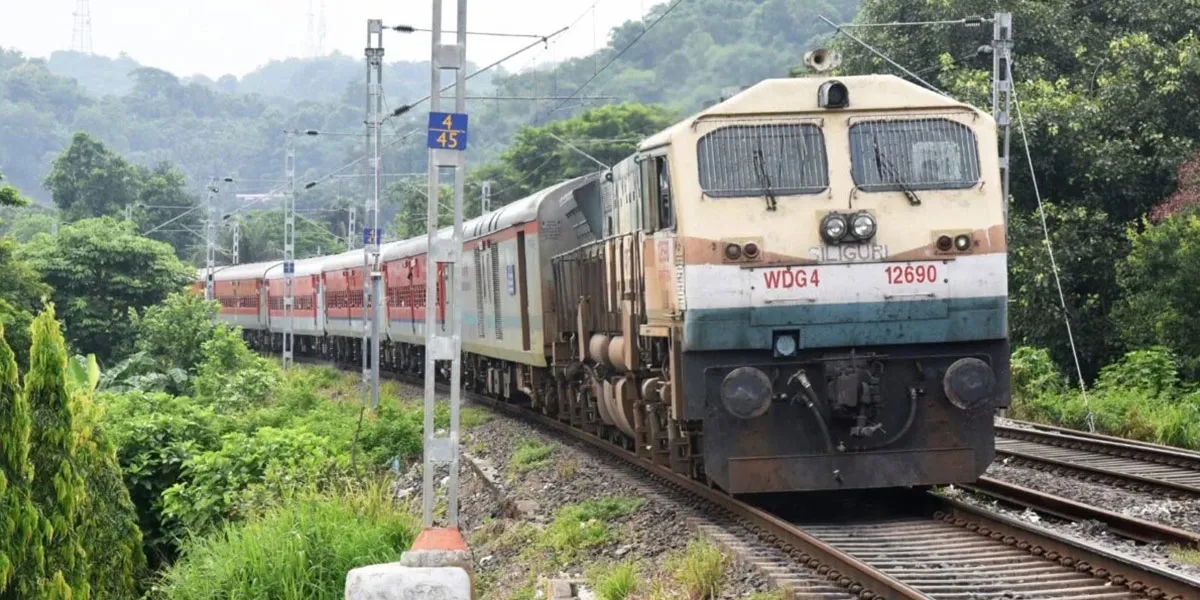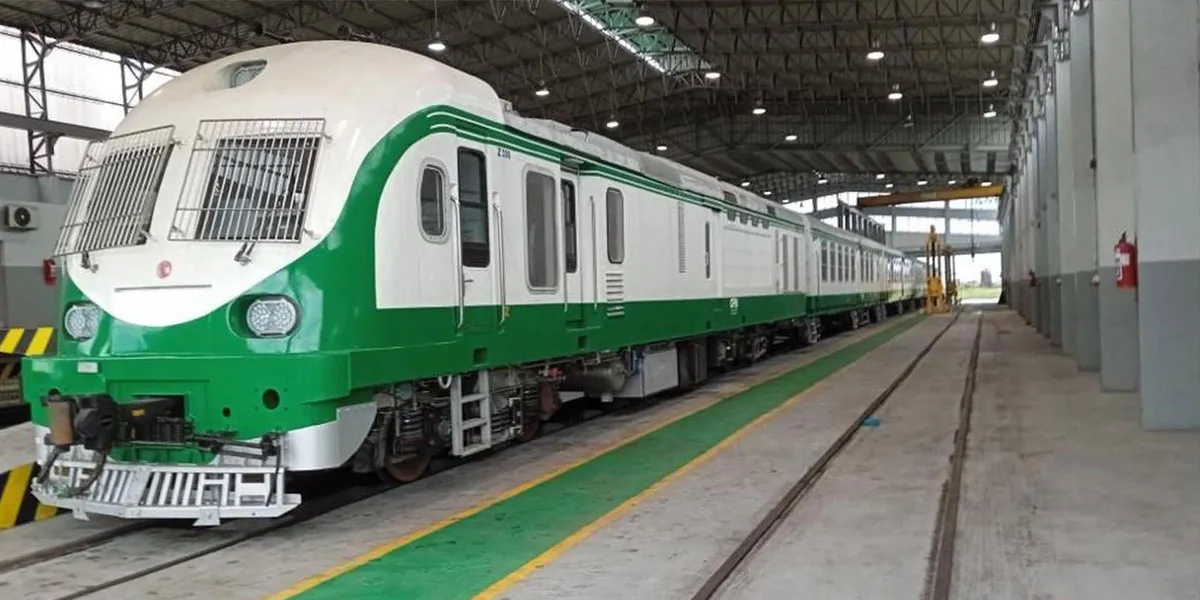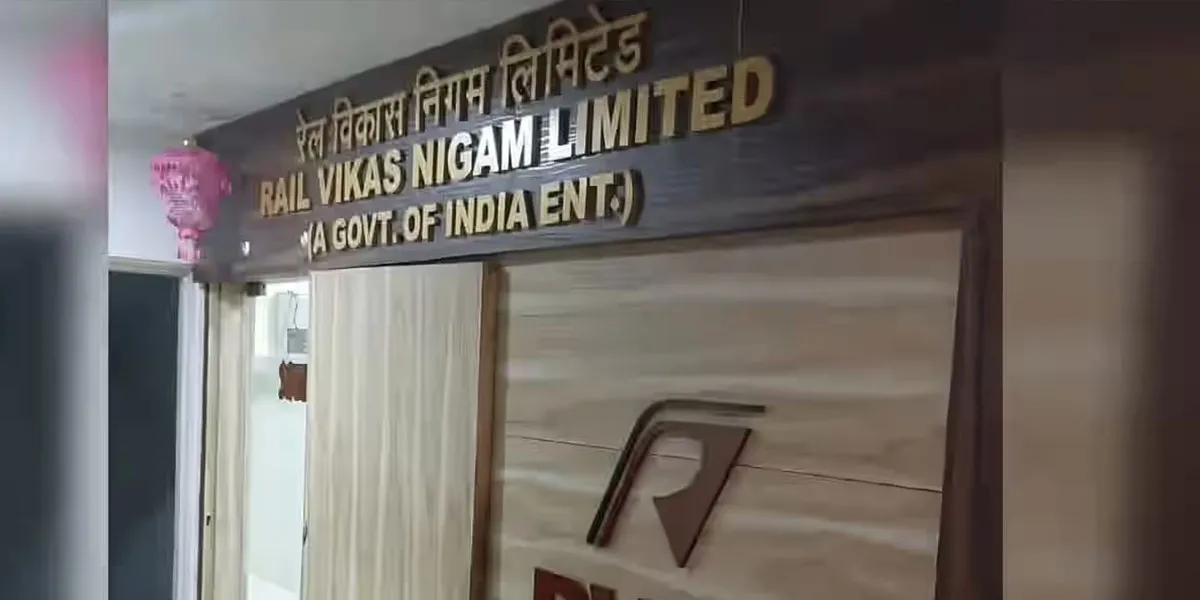The role of the government in planning smart cities is integral.
The government has shown great foresight in its ambition to create 98 smart cities - a step in the right direction, but the first step nevertheless. The role of the government and public institutions has been clearly established and the framework is in place. The four identified corridors for these smart cities include Bengaluru-Chennai, Delhi-Mumbai, Vizag-Chennai and Amritsar-Kolkata.
Planning for success
While India´s quest for 98 smart cities seems well underway, as Manu Fernandez, Founder, Human Scale Cities, Urban Policy Consultant, points out to it being important to ensure that the projects work for the benefit of citizens and it is up to the public institutions to frame this idea correctly. While private players are indispensable in the creation of these cities, public institutions should also be at the forefront to defend its people.
One great example in this context is Singapore, which already boasts of its great infrastructure. The seeds of the nation´s success were sown with a conscious effort to reinforce policy making and implementation by a flawless and seamless feedback mechanism, which never lost sight of its citizens. This seemingly simple measure has been the backbone in the success of the nation in providing its citizens with a better quality of life.
Another great global example of implementing smart city policies is Japan. While Japan has established Kyoto and many other cities as truly smart ones, government policies have ensured that the cultural heritage of these cities is kept in focus during policymaking.
The India scenario
For India, the risk of state policy failing to protect its people in the face of technological advancements is in fact very real. For example, when automobiles were first introduced in Great Britain, citizens were not allowed to drive above a speed of 3 kmph. The failure of the government to leverage technology appropriately led to the outsourcing of these technologies to other countries, who benefited from them. In a recent example, citizens of the USA could be sent to jail for unlocking their CDMA phones and using them for other carriers. A glaring hole in the policy only came to light much later when the policy was corrected.
Then again, here are situations, wherein policies need to be evolved and some, where the government needs to stay away from interfering altogether. The development of apps is one such area. As Derek Khanna, Political Commentator, Associate, Fenwick & West, points out: Startups and their new technologies are affecting the fabric of the cities we live in. While these apps started out by revolutionising just the virtual world, they now have a tangible effect on the physical world that surrounds us.
Going beyond conventional planning
At times, government policy is just too outdated for leapfrog movements that may redefine our cities. Bipin Kumar, Founder, Gaia Smart Cities, notes that with the prospect of 210 millions being added to existing cities in the near future, the government needs to go beyond conventional planning. For example, while the government may not be in a position to determine apt policy measures for app development, it can lay down the required framework to ensure the efficacy of these apps.
The government has already shown incredible foresight in building the Gujarat International Finance Tec-City (GIFT) - an example of how a greenfield project can truly catalyse the nation´s ambition to build smarter cities. On the other hand, Chandigarh, India´s best planned city by far, is yet to receive the ´smart´ status. While greenfield projects will be integral in facing future challenges, the government has done well in recognising the need to upgrading existing cities to the ´smart´ status.
The government, for example, could start these efforts from the bottom-up by providing citizens with means to ensure government transparency and anti-corruption measures. Basic civic amenities must be improved before we can look upon technology to take the mantle.
Existing infrastructure could be used in a better way. Bengaluru´s traffic woes are known to all. The current pace of development of the metro network does not paint a very optimistic picture. The state government could consider alternate measures such as local trains when there exists a network of broad-gauge connecting west and east Bengaluru.
Information and Communication Technology (ICT) is only as effective as the infrastructure and services it supports. The best an ICT system can do with the present infrastructure is to inform us of a 45 minute delay without actually preventing it. Once the basic infrastructure is in place, ICT could be used to boost public safety, improve e-governance and emergency services and so on.
While the role of the government in creating these smart cities is amply clear, the extent and nature of its involvement is something that has to be thoroughly thought through. There is no reason why India can´t foster an ambition to become a smart nation - one which is still rich in culture and diversity.




















